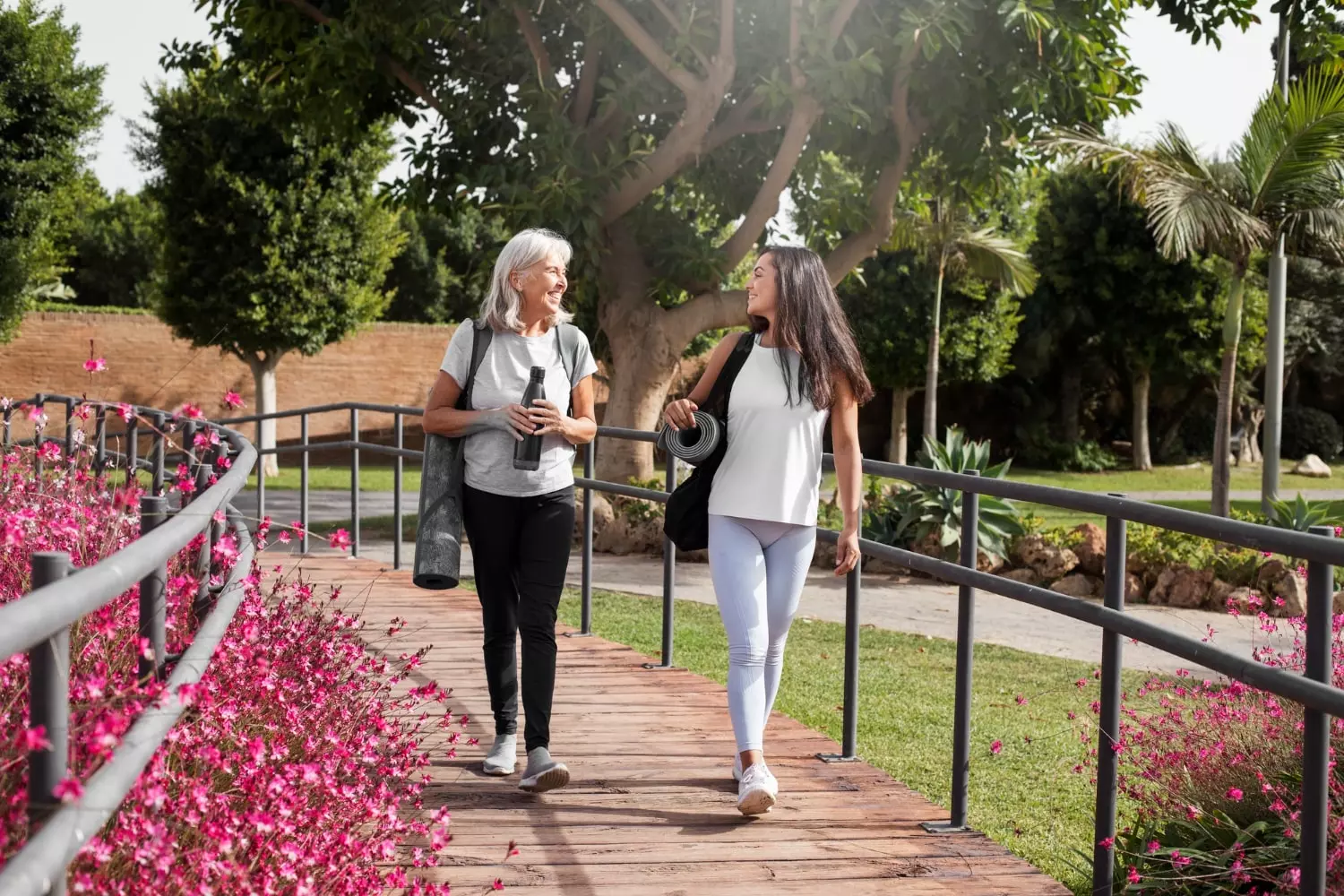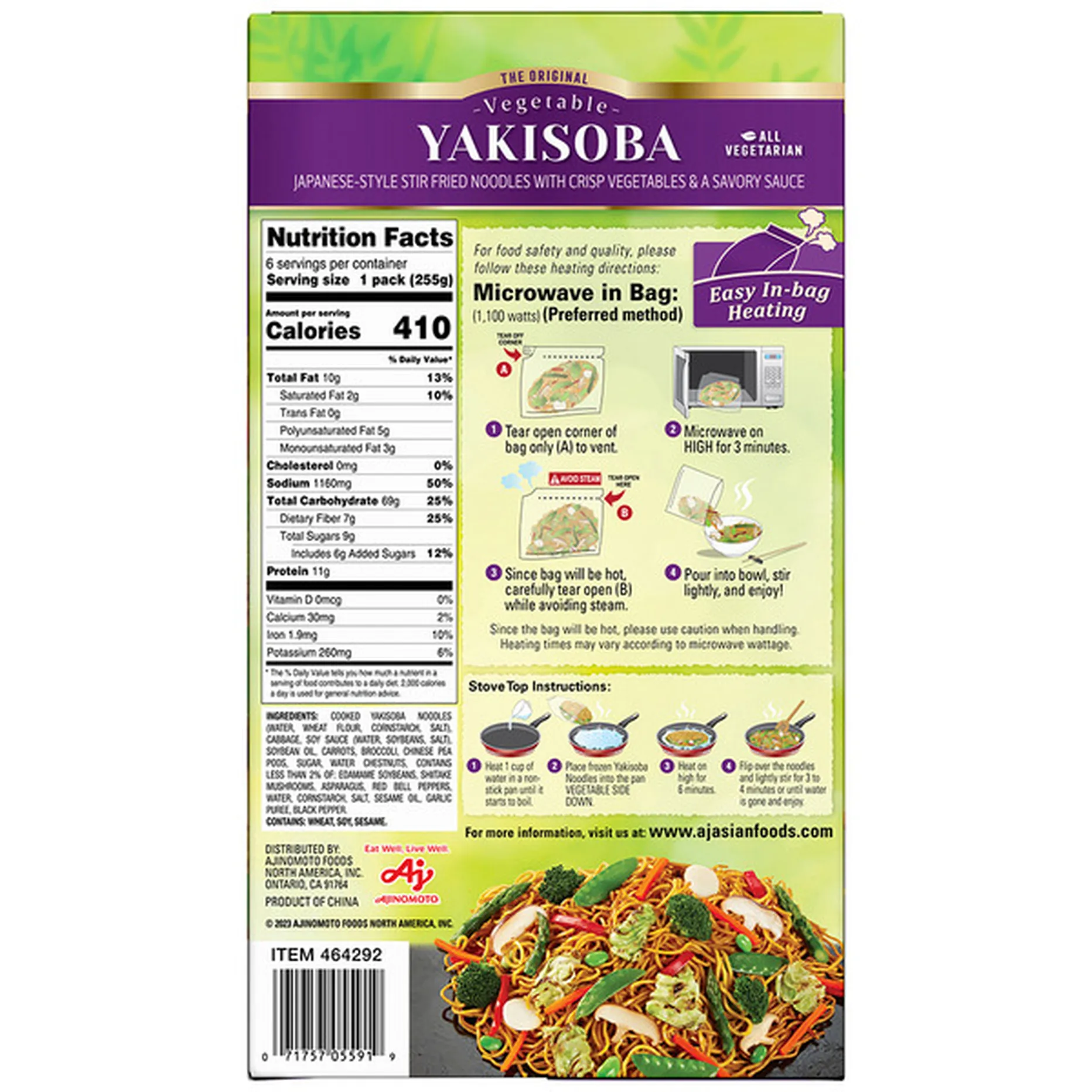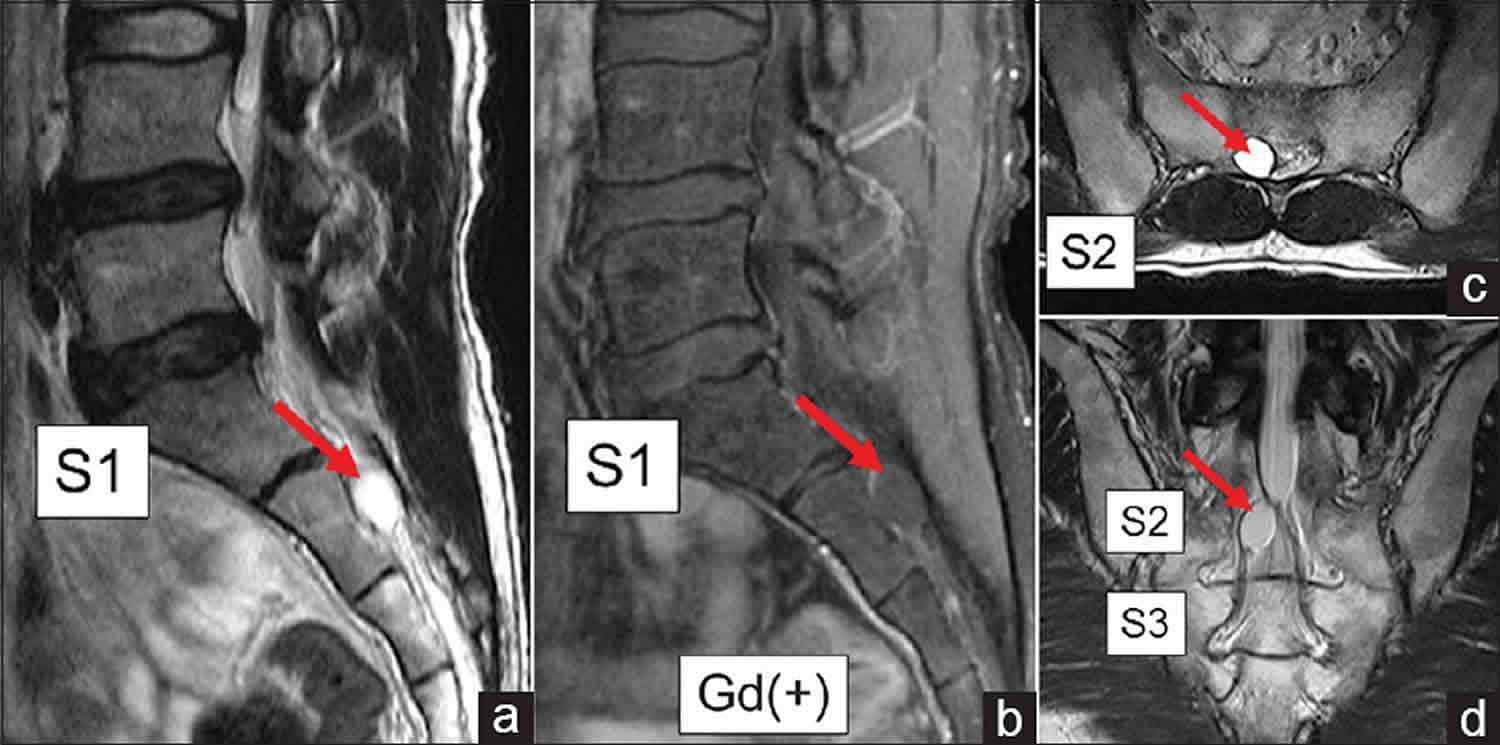
Individuals with Tarlov cysts should avoid high-impact exercises and heavy lifting. Activities that jar or strain the spine may exacerbate symptoms.
Dealing with Tarlov cysts necessitates a cautious approach to exercise and physical activity. These fluid-filled sacs located at the nerve roots in the spine can cause significant discomfort and neurological symptoms if aggravated. While maintaining physical fitness is crucial for overall health, it’s essential for those affected by Tarlov cysts to select low-impact exercises that do not place undue stress on the spine.
Engaging in gentle stretching, swimming, and walking can help maintain muscle strength and flexibility without risking further cyst expansion or irritation. It’s important to remember that each individual’s condition is unique, and consulting a healthcare professional before starting any exercise regimen is always recommended to ensure safety and effectiveness.
Introduction To Tarlov Cysts
Tarlov cysts often remain hidden, only making their presence known through a diverse range of symptoms. Understanding these cysts is crucial for individuals experiencing discomfort or searching for pain management techniques. In this blog post, we’ll explore the essentials of Tarlov cysts, including what they are and the common symptoms and methods for diagnosis.
What Are Tarlov Cysts?
Tarlov cysts, also referred to as perineural cysts, are fluid-filled sacs found on the spinal nerve roots. First identified by Dr. Isadore Tarlov in the 1930s, these cysts are mostly discovered at the base of the spine, or the sacral region. The fluid inside the cysts is cerebrospinal fluid (CSF), which cushions and nourishes the brain and spinal cord. Although these cysts can be harmless, they may cause issues if they become large enough to exert pressure on surrounding nerves.
Symptoms And Diagnosis
Identifying Tarlov cysts can be tricky due to their varying symptomatology. Some individuals experience severe pain, while others remain entirely asymptomatic. Common symptoms can include:
- Back pain
- Sciatica
- Weakness or cramping in the legs
- Bladder or bowel dysfunction
Diagnosis typically involves imaging techniques such as MRI or CT scans. These scans help doctors visualize the cysts and assess their impact on the spine and nervous system. Early diagnosis is key to managing symptoms and enhancing the quality of life.
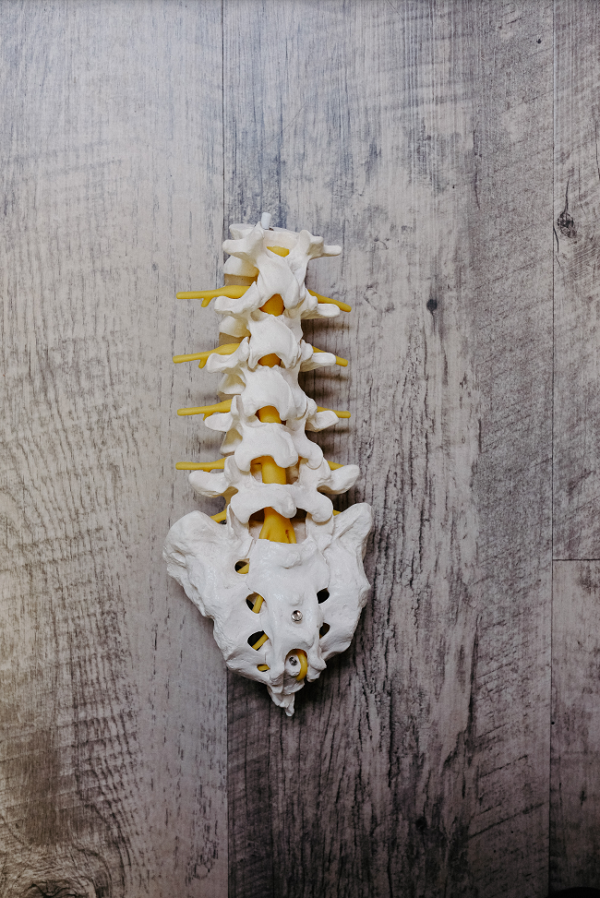
Credit: fusionwellnesspt.com
Impact On Physical Activity
Tarlov cysts can change how people move every day. They form on spine nerves. This can make moving hard. People with these cysts need to know which exercises are safe. Some can hurt more than help.
Challenges In Mobility
Those who have Tarlov cysts often face trouble moving. Simple actions can hurt. Walking, bending, and lifting might cause pain. It’s important to avoid moves that strain the back. Gentle exercises work best.
Risk Factors During Exercise
Exercise should not make pain worse. Some exercises can put too much pressure on cysts. This can lead to more harm. People with Tarlov cysts should stay away from high-impact activities. These include running, jumping, and heavy lifting. Safe exercises might be swimming or walking. Always check with a doctor before starting new exercises.
Exercises To Steer Clear Of
Living with Tarlov Cysts means adjusting your exercise routine to avoid pain and prevent symptom worsening. Certain exercises could increase pressure on your spine and aggravate these cysts. It’s crucial to know which workouts to skip for better health and comfort.
High-impact Workouts
High-impact exercises often involve jumping, running, or other intense movements. These can jar the spine and irritate Tarlov Cysts.
- Avoid: Plyometrics
- Avoid: High-impact aerobics
- Avoid: Treadmill running
- Opt for: Low-impact exercises like swimming
Strength Training Cautions
Strength training is good, but some moves can strain the spine. With Tarlov Cysts, being careful with weights and body position is key.
Exercises to avoid:
- Heavy squats with weights
- Deadlifts
- Overhead presses
Instead, focus on gentle strengthening and weights that don’t stress your spine.
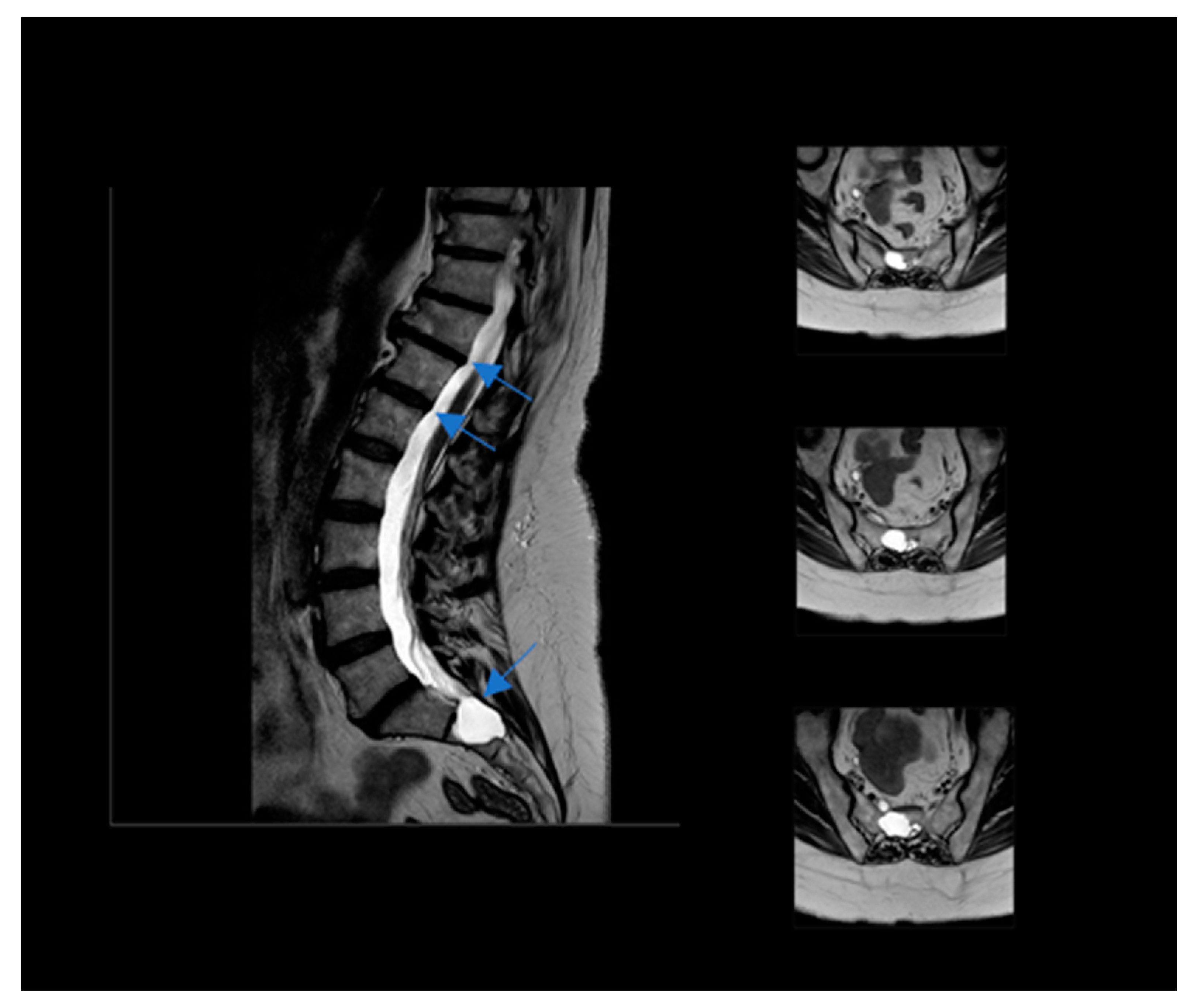
Credit: www.mdpi.com
Safe Alternatives For Fitness
Living with Tarlov Cysts can make fitness a challenge. You need safe workout options. With the right exercises, you can stay active and minimize discomfort. This section explores fitness activities that are gentle on your body while helping you maintain your health and wellbeing.
Low-impact Exercise Options
Selecting low-impact exercises is essential. These activities include:
- Swimming: Buoyancy lessens stress on the spine.
- Walking: A smooth, flat surface is best.
- Cycling: A stationary bike reduces impact.
- Elliptical: Provides a full-body workout with minimal jarring.
Stretching And Flexibility
Incorporating stretching into your routine can improve flexibility and reduce tension.
- Pilates: Focuses on core strength and spinal alignment.
- Yoga: Gentle poses can enhance mobility.
- Tai Chi: Slow, controlled movements for balance.
Be sure to avoid overstretching. Short sessions are best.
Before starting any new exercise regimen, always consult your doctor. They can provide specific guidelines tailored to your condition and needs.
Tailoring Your Exercise Routine
Tailoring Your Exercise Routine can make all the difference when living with Tarlov Cysts. Exercise is important, but choosing the right type can help manage symptoms and prevent worsening the condition. Let’s dive into how to personalize your physical activity to suit your needs.
Working With A Physical Therapist
Collaborating with a physical therapist is a cornerstone of managing Tarlov Cysts. They assess your condition and craft an exercise plan that strengthens your body while avoiding harm.
- Low-impact exercises like swimming may be recommended.
- Core strengthening routines can support your spine.
- Flexibility workouts enhance your motion range safely.
Physical therapists can guide you through safe stretching techniques. These can relieve pressure on your spine. They understand your unique case and adapt exercises to your body’s responses.
Listening To Your Body
Your body sends signals. Pay attention to pain or discomfort. These are clues to stop or change your activity. Create a routine with exercises that feel good. Discomfort can mean you need to ease up or ask your therapist for alternatives.
| Exercise | Safe for Tarlov Cysts? | Notes |
|---|---|---|
| Yoga | Maybe | Avoid deep backbends |
| Running | No | High impact |
| Pilates | Yes | Focus on low impact options |
Include breathing techniques to manage pain and stress. Simple walking or biking might be better than more strenuous activities.

Credit: m.youtube.com
Frequently Asked Questions Of Exercises To Avoid With Tarlov Cysts
What Aggravates Tarlov Cysts?
Tarlov cysts can worsen with activities that increase spinal fluid pressure, such as heavy lifting, prolonged sitting or standing, and straining. Trauma or injury may also aggravate the cysts.
Can You Workout With Tarlov Cysts?
Yes, you can exercise with Tarlov cysts, but it’s essential to choose low-impact activities and avoid straining the spine. Always consult your healthcare provider before starting any workout regimen.
How Do You Sit With A Tarlov Cyst?
To sit with a Tarlov cyst, choose a cushioned seat and maintain good posture. Avoid long periods of sitting; take frequent breaks. Adjust your position regularly to alleviate pressure. Consider using a donut cushion for added comfort and to reduce pressure on the spinal column.
How Do You Relieve Pain From A Tarlov Cyst?
To relieve pain from a Tarlov cyst, manage symptoms with conservative treatments such as pain medication, physical therapy, and nerve block injections. Consult with a healthcare provider for a tailored approach and possible surgical options if necessary.
Conclusion
Navigating exercise with Tarlov cysts can be challenging, yet essential for your well-being. It’s crucial to avoid activities that may aggravate these sacs. Remember, consulting healthcare professionals ensures your fitness routine supports spinal health. Prioritize safety and adapt your workouts for pain-free progress.
Stay informed and move mindfully.



